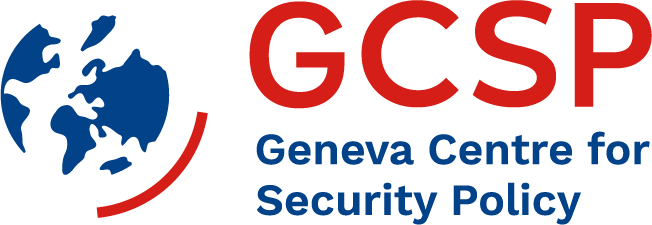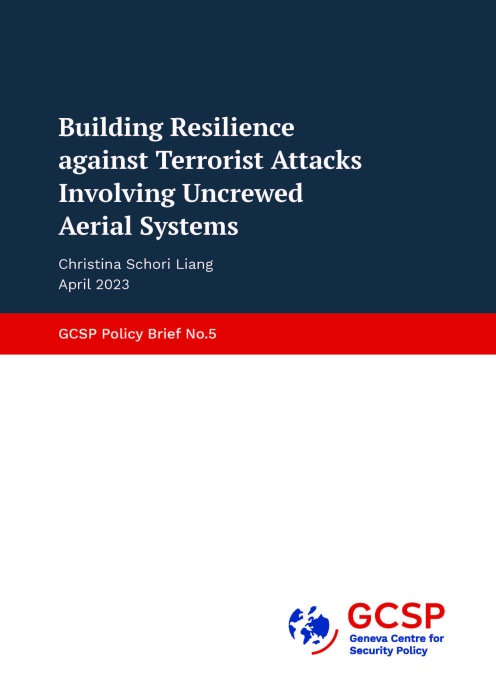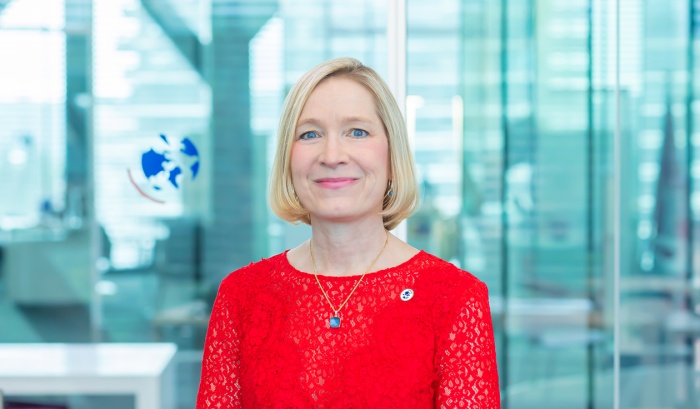Building Resilience against Terrorist Attacks Involving Uncrewed Aerial Systems
Uncrewed aerial systems (UAS) are remotely piloted, pre-programmed, or controlled airborne vehicles. They are also referred to as unmanned aerial vehicles (UAVs) or, more commonly, drones.1 Drones are becoming increasingly important for commerce, recreation and research, but their proliferation has also introduced new risks to public safety and international security. In the military sector, drones can perform an array of tasks such as surveillance, reconnaissance, targeting support, and direct or indirect attacks.
Remotely piloted systems were first used during the First World War. During the Cold War devices of this kind were further developed, but their use was restricted to reconnaissance missions.2 In the United States, the terrorist attacks of 11 September 2001 and the subsequent “Global War on Terror’” increased the use of these systems by both the intelligence community and armed forces. In 2001-2002 UAS strikes in Afghanistan3 and Yemen4 marked the start of increasingly drone-oriented military operations. Both states and non-state actors possess the ability to acquire drones and the latter in particular can assemble and operate off-the-shelf drone technology. Drones are currently the “weapon of choice” for tracking and attacking insurgents and terrorists in a wide variety of insurgency-affected contexts. Most prominently, however, the current Russia-Ukraine conflict has been described as the “first full-scale drone war”.5
According to the Center for the Study of the Drone, 113 states have military drone programmes.6 Analysts conservatively estimate that 65 non-state actors are now able to deploy drones, while the figure is likely to be much higher.7 In the last decade there has also been a rapid expansion of the number of smaller drones on the market for civilian use, in particular mini and micro drones weighing between 200 g and 50 kg. By 2024 the drone market is expected to reach nearly USD 43 billion.8
The United Nations Security Council (UNSC) Counter-Terrorism Committee (CTC) has identified UAS as one of the key terrorist threats facing human security, and has already requested that action be taken to mitigate the threat of UAS falling into the hands of terrorists. UNSC Resolution 2370 (2017) (and later Resolution 2482 (2019)) “condemn[s] the continued flow of weapons, including small arms and light weapons, military equipment, unmanned aircraft systems (UASs) and their components ... and encourage[s] Member States to prevent and disrupt procurement networks for such weapons, systems and components”.9 UNSC Resolution 2617 (2021) noted with concern the increasing global misuse of UAS by terrorists to conduct attacks against commercial and government infrastructure and public places.10
Drones offer great benefits for society but also pose immense security challenges. This Policy Brief will outline the challenges posed by drone technologies and the legal and operational security measures that can be taken to address them.
Disclaimer: The views, information and opinions expressed in this publication are the author’s/authors’ own and do not necessarily reflect those of the GCSP or the members of its Foundation Council. The GCSP is not responsible for the accuracy of the information.


